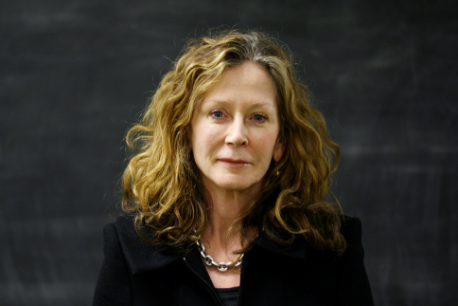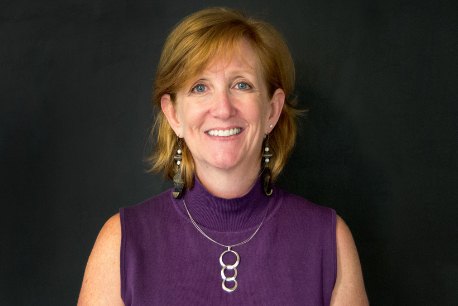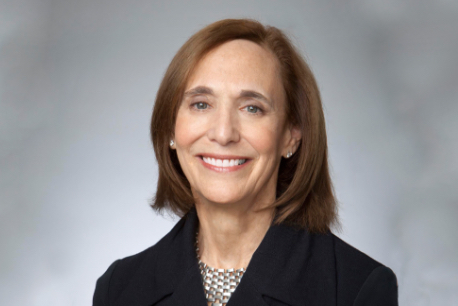About MeasureD
MeasureD is a resource for anyone wanting to understand, measure, and scale the impact of social design in order to strengthen society and create the conditions for equitable human health. It is intended to represent the highest level of practice and help organizations and practitioners understand where, when, and how social design is most effective.
The idea grew out of a 2017 symposium called Design + Health, which brought together leaders from businesses, non-profits, NGOs, foundations, and technology firms along with measurement experts and designers to begin a conversation about their work and their evaluation of its effectiveness. Our initial goal was to gain alignment on the questions that need to be asked and answered in order to bring rigor and discipline to the application of design to improving health.
Enormous resources have been invested in social design over the past ten years as a way to solve human problems like poverty, food insecurity, environmental degradation, lack of education, poor health, social injustice, and inequity.
Those who practice and fund social design believe in its potential to foster collaboration between unexpected partners, reframe challenges in ways that spark new thinking about what’s possible, and create solutions that address human needs more deeply and specifically than has been accomplished through traditional approaches—not for most people in need of help, but for all.
Despite the growing interest, there is no consistent definition of the social design practice or language used to describe it. It follows, not surprisingly, that there is no consistent way to measure its effectiveness. This is essential in order to improve upon and scale the practice, set and assure standards of quality, and to hold designers and health implementers accountable.
We define human health broadly as the cultural, political, and societal determinants of health as well as the clinical aspects. Included in this investigation are diverse case studies: a national U.S. program to end veteran and chronic homelessness; the adoption of contraception among teenage girls in Africa; health literacy; built environments; government services, and revolutionary policing practices.
MeasureD Methodology
When we set out to find the most complete cases of social design used to benefit human health, we cast a wide net among our colleagues and network. The outreach campaign to populate our database was targeted to all invitees and attendees of the Measured Summit, participants in the Design for Health HCD project, a number of organizations that presented at the RWJF Knowledge Sharing Conference. Through colleagues, academic institutions, and alums of the Design for Social Innovation program at SVA, we sent 550 email requests and made personal requests to over 230 individuals and organizations. We included a call for cases in the National Endowment for the Arts Design and Creative Place-making Newsletter, which reached 9000+ contacts. In addition, we added a function to the measured.design site where cases could be uploaded or submitted via email.
From this outreach, 31cases were submitted from 27 organizations. After review, we identified 12 cases for further research. We conducted phone interviews with everyone who submitted a case to understand more about the context, their design, interventions methodologies, goals, outcomes, and measurement approaches. In reviewing the submitted cases, we developed a set of criteria for evaluating their relevance to our research. We chose cases for this first iteration of learning that were as different from each other as possible, representing varied geographies, sizes, and types of initiatives.
31 Cases
from
27 Organizations

12 Cases
for further research
Criteria for the projects chosen included:
- A goal that addresses either the cultural determinants of health or clinical health
- Stated goals include either human behavior changes or systems changes
- Measured results or the potential to measure results
- Willingness to work with us to dive deeper into the project and continue measurement
Criteria for determining integrated social design:
- Inside out, not outside in or top down
- Inclusive, diverse and collaborative
- Started with an ambitious vision that benefits all, but no fixed plan for how to achieve it
- Has a goal of capacity building with communities served
- Driven by inquiry (not centralized or predetermined decisions)
- Uses prototyping and refinement as research
- Measurement is an integral part of an inclusive, diverse and collaborative process
Dimensions of Analysis
Domains:
- Geography
- Reach
- Who is served
- Who pays?
Approach:
- How much design and in what phases
- Team structure
- Degree of completion
- Process – what steps were used, who participated?
- Skills in evidence
- Evidence of principles, values (dimensions of “good” )
Measurement:
- Desired outcomes
- Types and methods of measuring
- Actual outcomes
This site is intended to be a living resource, one that will continually grow as the practice matures and as more organizations contribute their experience and insights to it. We welcome feedback and participation in MeasureD, so that we can continue to improve its understanding and practice.
It has been developed in parallel with DesignforHealth.org, a resource for organizations and individuals working in the public health sector.
An important note
MeasureD is not a toolkit, a silver bullet, a blueprint, or an easy fix. It is a consolidated overview of the practice of social design and measurement at this moment in time. We do not claim that the cases here provide all the answers needed. There is still a way to go in fully evaluating social design’s influence and effectiveness. This is a starting place from which we can all learn and improve.
Gratitude
This work has been made possible through the generous support of the Robert Wood Johnson Foundation, The Bill and Melinda Gates Foundation, The Reis Foundation and the Autodesk Foundation.
The Measured.design Team


Cheryl Heller
President,
The Measured Lab
Director of Design Integration and Professor of Practice, Innovation Design, Arizona State University

Anne LaFond
Director, Center for Health Information, Monitoring and Evaluation, John Snow, Inc.

Tracy Johnson
Senior Program Officer, User Experience & Innovation, Bill and Melinda Gates Foundation

Nancye Green
Co-Founder and Partner, Donovan/Green
Partner, The Measured Group
Advisory Board
Joan Barlow, RWJF; Zoe Bezpalko, Autodesk Foundation; Maggie Breslin, The Patient Revolution; Heather Fleming, Catapult Design; Rosanne Haggerty, Community Solutions; Caroline McAndrews, The Measured Lab; Michael Murphy, Mass Design Group; Kyle Reis, TechSoup Global; Michelle Risinger, PACT; Evan Thomas, Portland State University; Katie Wehr, RWJF